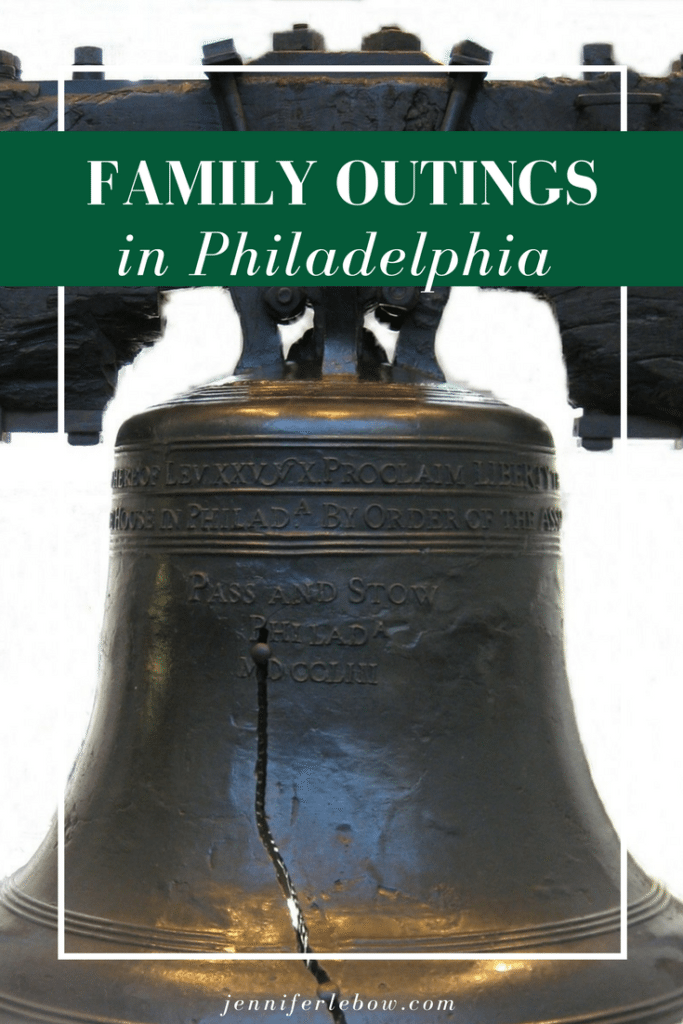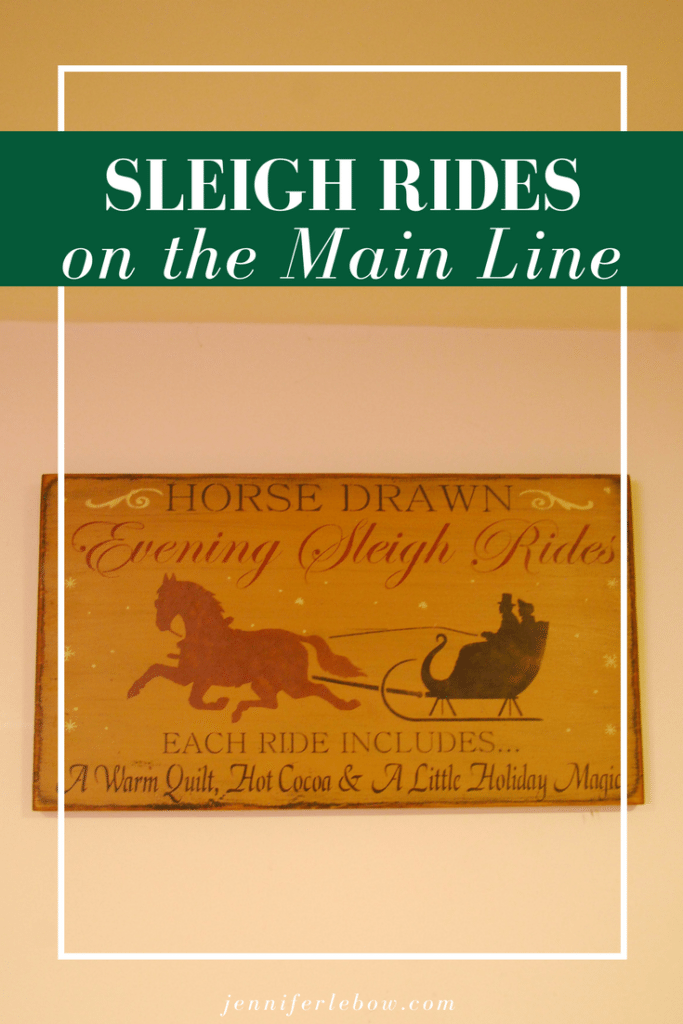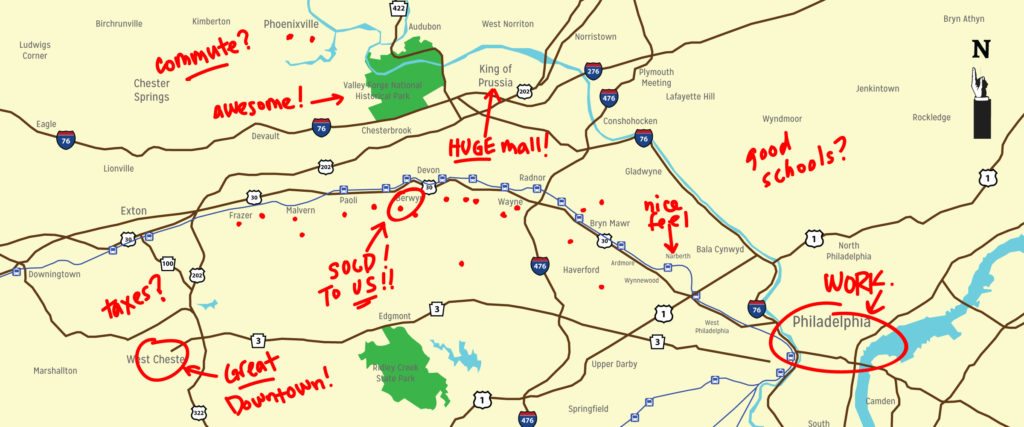Jen LeBo w’s Beet Borscht Recipe
w’s Beet Borscht Recipe
Borscht is a traditional Russian cold soup.
Boil 8 oz. very small white potatoes. When cool, dice into ½” cubes. Transfer to large bowl.
Drain and reserve liquid from:
1 quart bottled borscht (like Manischewitz)
1 can (12-16 oz.) whole beets
Put all the beets (from the bottle and the can) into a food processor and pulse til fairly small. You can make it as chunky as you like it. Add to cubed potatoes.
Peel and chop 1 ½ cups cucumber. Put half of all the cucumbers into the food processor and pulse til almost slushy. Add to potatoes and beets.
Add to bowl:
1 cup sour cream
1 ½ cups chopped cucumber
¼ cup chopped scallion
Combine well.
Add reserved liquid from beets and stir (carefully—this stuff stains!!) to combine.
Add salt and pepper to taste. Best served cold.








